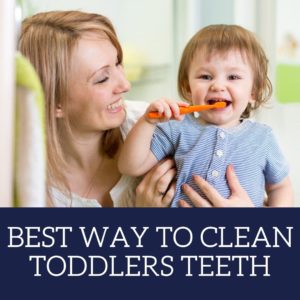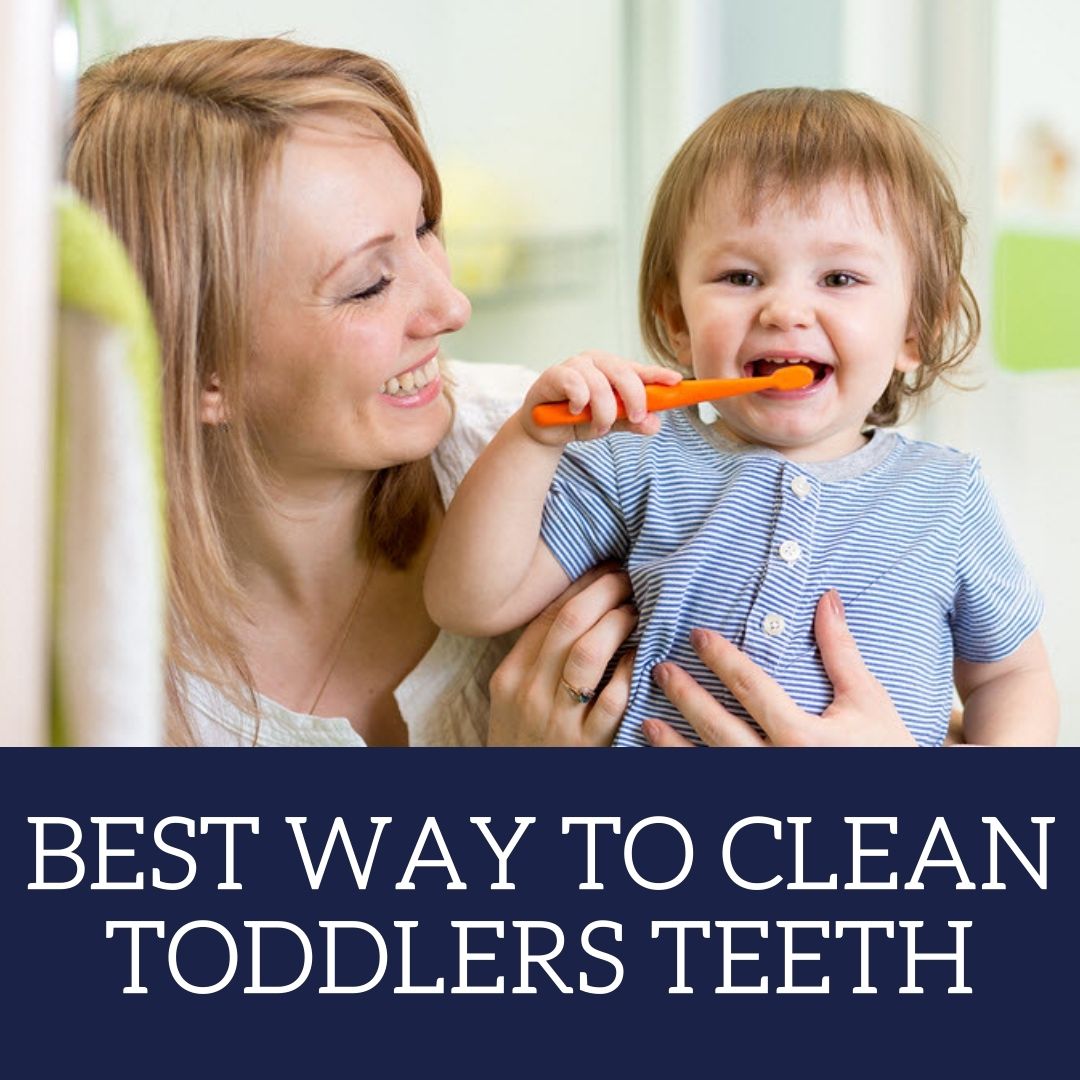Best Way to Clean Toddlers Teeth
 Children get their teeth at different times, but the first ones usually appear once they reach 6 to 10 months. There are cases, however, when teeth appear as early as three months, while others do not arrive until they are a year old. Consequently, baby teeth can arrive in any order, although the central bottom teeth are usually first. All of the 20 baby teeth often arrive by the time the child is 3 years old, while the 32 adult teeth will replace the baby teeth between the ages of 6 and 20 years.
Children get their teeth at different times, but the first ones usually appear once they reach 6 to 10 months. There are cases, however, when teeth appear as early as three months, while others do not arrive until they are a year old. Consequently, baby teeth can arrive in any order, although the central bottom teeth are usually first. All of the 20 baby teeth often arrive by the time the child is 3 years old, while the 32 adult teeth will replace the baby teeth between the ages of 6 and 20 years.
Cleaning Toddler Teeth and Gums
Your toddler’s teeth will need cleaning twice daily: in the morning and at night before bed. Use a small, soft toothbrush specially designed for children 2 years old and below. Unless your dentist instructs otherwise, use only water on the toothbrush until your child is 18 months old. After this, you can start with a pea-sized amount of low-fluoride toothpaste.
Let your child start helping with cleaning her teeth at around 2 years old. Allow them to hold the toothbrush with you to help her feel like they are part of the action. Still, your child will need your supervision and help with cleaning their teeth until they are about 8 years old. Follow the routine below when brushing your kid’s teeth.
How to Brush Your Child’s Teeth
- Sit or stand behind your child to make them feel secure. You can also brush in front of a mirror because you can see your child’s mouth.
- Cup the chin of your child with your hands, and let their head rest against your body.
- Angle the toothbrush bristles towards your child’s gum and move it in gentle circles, cleaning the inner and outer sides of the teeth and gums.
- Brush back and forth on the teeth’s chewing surfaces.
- Gently brush your kid’s tongue.
- Encourage your kid to brush without swallowing. Once he starts using the toothpaste, let them spit it out. There will be no need for spitting since the fluoride left behind will protect their teeth.
Tips to Make Teeth Brushing Easier
Toddlers usually do not like brushing their teeth. still, you should try to do at least a quick one. After all, a quick brush should be better than nothing. This will help your child learn that teeth brushing is a normal part of their daily routine. Kids are more likely to go along with cleaning their teeth if it is fun. Here are some ideas to help you.
- Singing while brushing
- Pretending that the brush is a train
- Letting your kid play with their favorite toy while brushing
Choosing the Right Toothbrush
It is important to choose the right toothbrush that is specially designed for children aged 2 to 5 years old. These brushes come with small oval heads, soft bristles of varying heights, and cushioned non-slip handles. You can also get those with fun designs or drawings of your child’s favorite cartoon character on the handle. After cleaning the teeth and gums of your child, rinse the toothbrush with tap water before storing it in an open container to air dry. Replace the brush every 3 to 4 months, or once the bristles get frayed or worn.
Choosing the Right Toothpaste
Start with using a pea-sized amount of low-fluoride toothpaste when brushing your child once they reach the age of 18 months. Fluoride is a safe mineral that prevents tooth decay and will keep the teeth strong. In many countries, tap water comes with low amounts of added fluoride. It works best when you get it in small amounts throughout the day in fluorinated tap water, low-fluoride toothpaste, and food and beverages containing fluoride.
Visiting Your Child’s Dentist
Children should see their dentist for a routine checkup once their first tooth comes out or once they reach a year old, whichever comes first. This gives your kid the to get to know the dentist, and for the dentist to talk about your kid’s needs and plan their dental care. Pediatric dentists usually recommend parents take their children to the clinic every 6 to 12 months.





 |
|